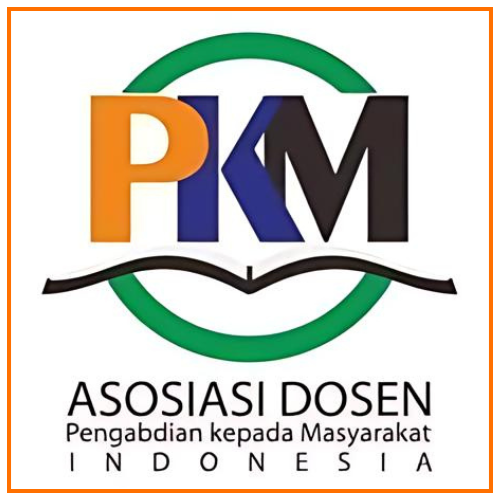Orthographic Nativization of Hispanic Content Words in Waray Visayan
Abstract
Full Text:
PDFReferences
Baklanova, E. (2017). Types of borrowings in Tagalog/Filipino. Kritika Kultura, (28), 35-54. https://doi.org/10.13185/KK2017.02803
Clements, J. C. (2009). The linguistic legacy of Spanish and Portuguese: Colonial expansion and language change. Cambridge: Cambridge University Press.
Haugen, E. (1950). The analysis of linguistic borrowing. Language, 26(2), 210-231.
Hockett, C. F. (1958). A course in modern linguistics. New York: McMillan Company.
Pesirla, A. (2020). Nativized Hispanic borrowed words in Cebuano Visayan. USJR Online Learning Material.
Phuong, V. T. (2021). Comparing French borrowed words in English and those in Vietnamese. 18th International Conference of the Asia Association of Computer-Assisted Language Learning (AsiaCALL–2-2021) (pp. 325-337). Atlantis Press.
Piañar, R. (2022, May 7). Enriching postcolonial reading and readership [Research Paper]. Webinar on Literary Theories, USJR Graduate School of Arts and Sciences, Cebu City.
Pitogo, J. M. (2022). Nativized Hispanic borrowed words in Cebuano Visayan editorial “Masanta Nang Badlungonâ€: A lexical analysis. Scholars International Journal of Linguistics and Literature, 5(5): 191-194. DOI: 10.36348/sijll.2022.v05i05.007
Prentice, K. (2016). Anglicizing Spanish/a: Implications of statistical distribution and language experience on non-native pronunciation (Doctoral dissertation, New York University).
Quebec, J. C. (2021). Warpanish: A morphologic analysis of Hispanic borrowed words in Waray Visayan. SABTON: Multidisciplinary Research Journal, 1(1), 34-48. https://doi.org/10.19044/esj.2013.v9n19p%25p
Rebamonte, M. J. C, & Rebamonte, G. C. (2021). Dilang hiram: Mga salitang Espana naiba ang kahulugan sa Tagalog at Sugbuanong Binisaya. Asia Pacific Journal of Management and Sustainable Development, 9(1), 126-133.
Reid, L. A. (2018). Modeling the linguistic situation in the Philippines. Senri Ethnological Studies, 98, 91-105. http://doi.org/10.15021/00009006
Seifart, F. (2015). Direct and indirect affix borrowing. Language, 91(3), 511-532.
Siosana, K. (9 May 2020). COVID Laboratory ha EVRMC magtitikang na an operasyon. Isumat Newsdesk. http://isumat.com/covid-laboratory-ha evrmc magtitikang-na-an-operasyon/
Thomason, S. G. (2001). Language contact. An introduction. Edinburgh: Edinburgh University Press.
Vendelin, I., & Peperkamp, S. (2006). The influence of orthography on loanword adaptations. Lingua, 116(7), 996-1007.
Winford, D. (2005). Contact-induced changes: Classification and processes. Diachronica, 22(2), 373-427.
DOI: https://doi.org/10.37058/jelita.v2i1.6435
Refbacks
- There are currently no refbacks.








Journal of Education, Language Innovation, and Applied Linguistics
Lembaga Penelitian, Pengabdian Kepada Masyarakat dan Penjaminan Mutu Pendidikan (LP2M-PMP) Universitas Siliwangi
Jalan Siliwangi Number 24, Kota Tasikmalaya - 46115
West Java, Indonesia










